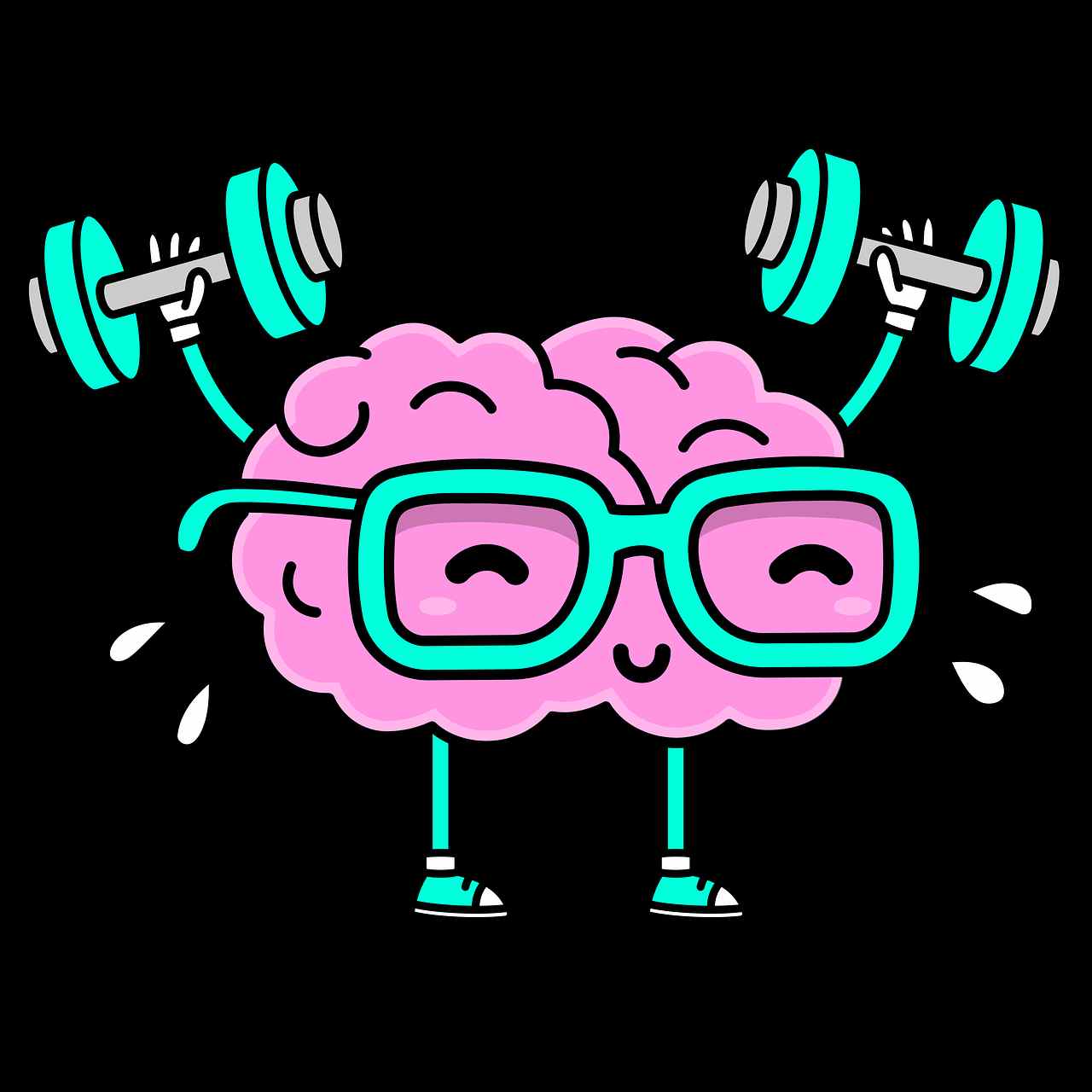The PMDD Energy Budget: Managing Fatigue and Emotional Exhaustion
Have you ever felt like even the smallest tasks drain you completely? Like your energy is a currency, and some days, you’re just plain broke? If you live with PMDD (Premenstrual Dysphoric Disorder), chronic illness, depression, anxiety, or burnout, managing energy isn’t just a nice idea—it’s a survival skill.
Think of your energy like money in a bank account. Some tasks cost only a little, while others can leave you in the red for days. The key? Spending wisely, setting boundaries, and planning for recovery.
Understanding the Energy Budget
Not all activities cost the same amount of energy. Some are easy and barely make a dent, while others feel like a massive withdrawal from an already limited supply.
Here’s a breakdown of The PMDD Energy Budget Chart to help visualize where your energy goes:
Energy Cost Breakdown
💰 Low Energy Cost
- Taking a shower
- Making a simple meal
- Responding to texts
- Watching TV
💰💰 Medium Energy Cost
- Doing laundry
- Socializing (short conversations)
- Grocery shopping
- Light exercise (walking)
💰💰💰 High Energy Cost
- Cleaning the house
- Work/meetings
- Intense exercise
- Socializing for long periods
Why This Matters
For people without chronic fatigue or mental health struggles, these energy costs might not seem like a big deal. But for those of us managing conditions like PMDD, anxiety, or burnout, energy isn’t unlimited. It’s precious.
Ever had a day where just showering felt like running a marathon? That’s because what may be a 💰 low-cost task on a good day might suddenly feel like 💰💰💰 high-cost when you’re struggling.
Understanding how this helps you:
✅ Give yourself grace instead of guilt
✅ Set boundaries with your time and energy
✅ Plan your day in a way that prevents burnout
Tips for Managing Your Energy Budget
💡 Prioritize the Non-Negotiables – If you only have energy for one thing today, make it something essential (food, hygiene, rest).
💡 Batch Low-Energy Tasks – If responding to texts is draining, set a dedicated time to do them all at once instead of spreading them out.
💡 Take Breaks Between Energy-Draining Activities – If you have a work meeting, schedule some quiet downtime before and after to recharge.
💡 Say NO Without Guilt – Protecting your energy is not selfish. It’s self-care. You don’t owe anyone an explanation for putting yourself first.
💡 Plan for Recovery – If you know you have a high-energy day coming up (like socializing or work), block off recovery time the next day.
At the end of the day, only you know your energy limits. Some days, you might have more to spend, and other days, you’ll be scraping by on fumes. That’s okay. The goal isn’t to push through exhaustion—it’s to work with your energy, not against it.
So, the next time you’re feeling drained, check in with your energy budget. What’s worth spending energy on today? What can wait? Most importantly, how can you recharge?
About Shraddha Shukla, RP (Qualifying), Author
Shraddha is an ABA therapist transitioning into a psychotherapy career, currently completing her masters of counselling psychology at Yorkville University. She works with children and adults, helping with anxiety, depression, autism, ADHD, and life transitions, and speaks English, Gujarati, and Hindi. To learn more about Shraddha and to book a free meet-and-greet session, please click here.


